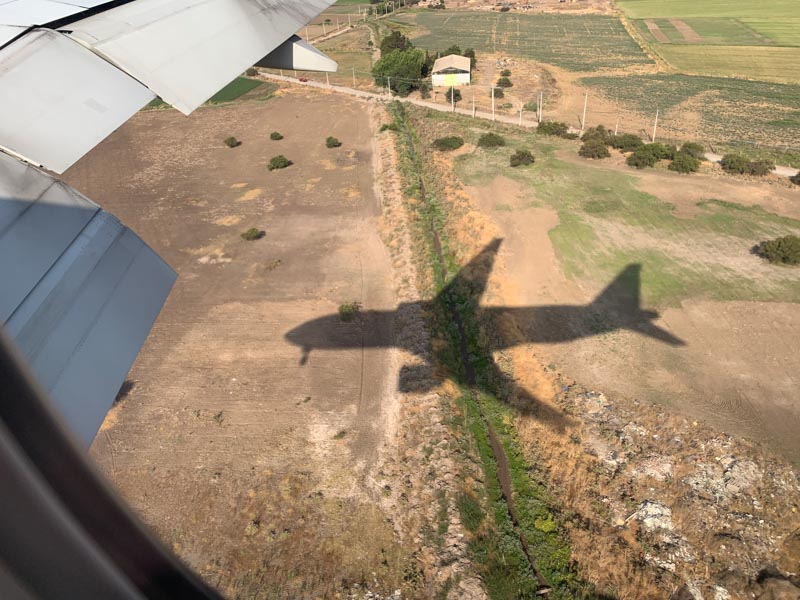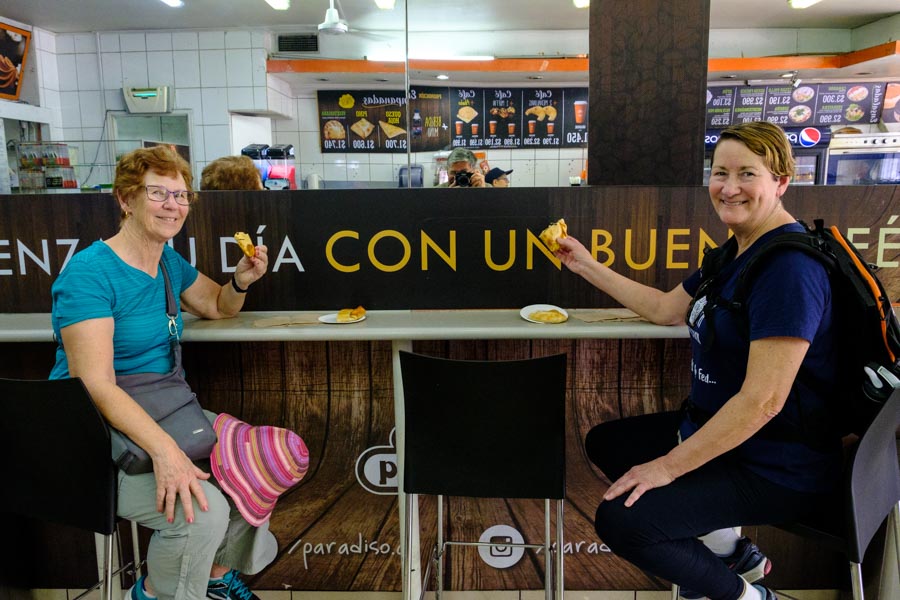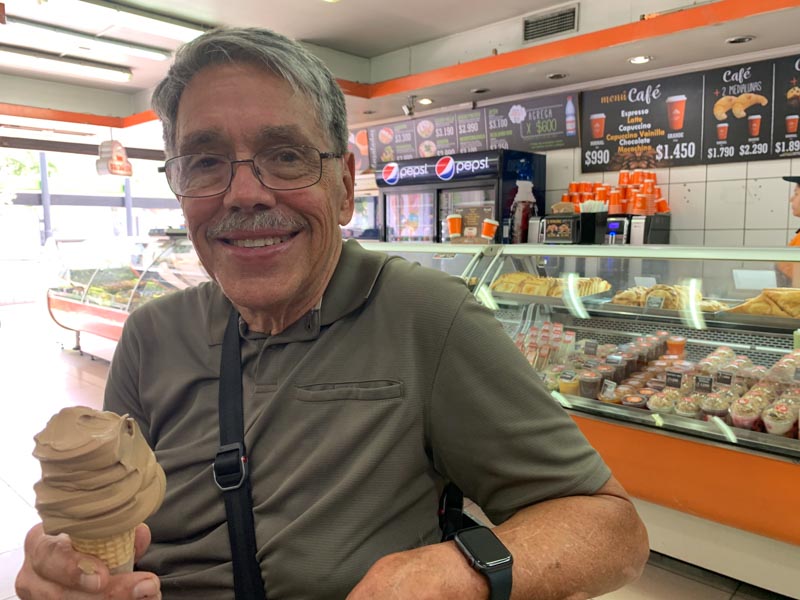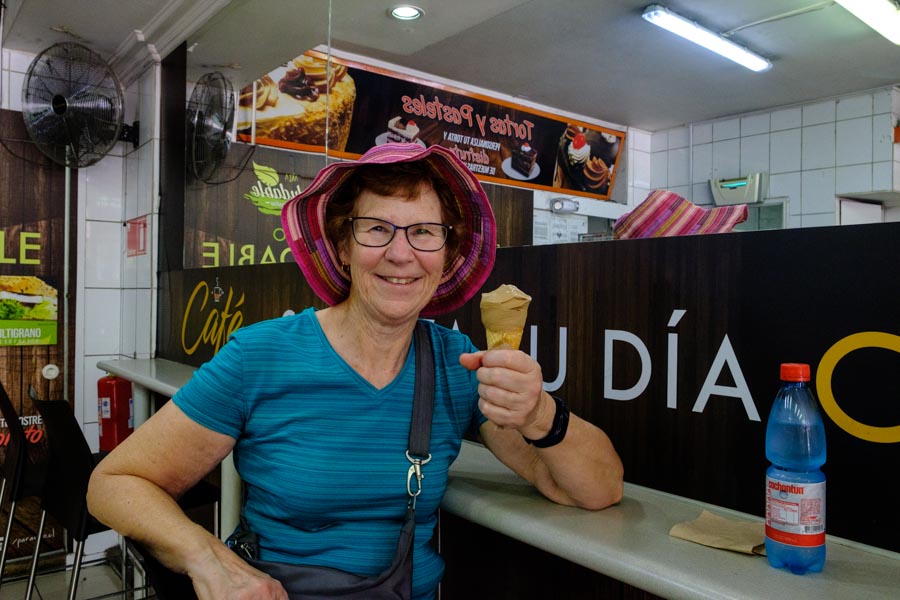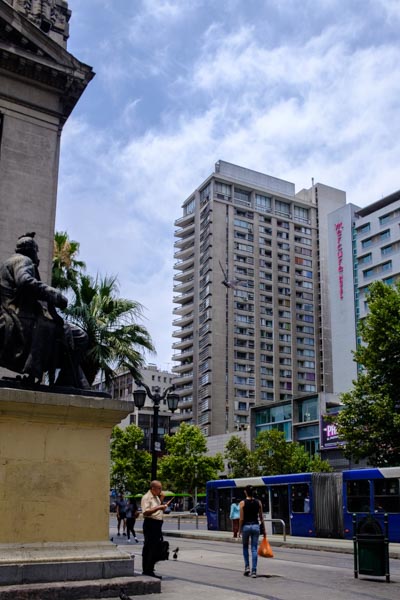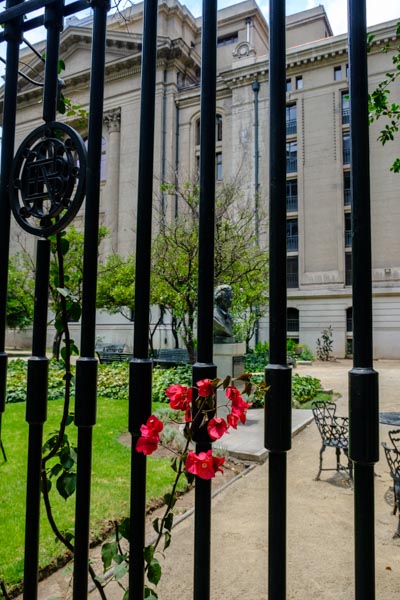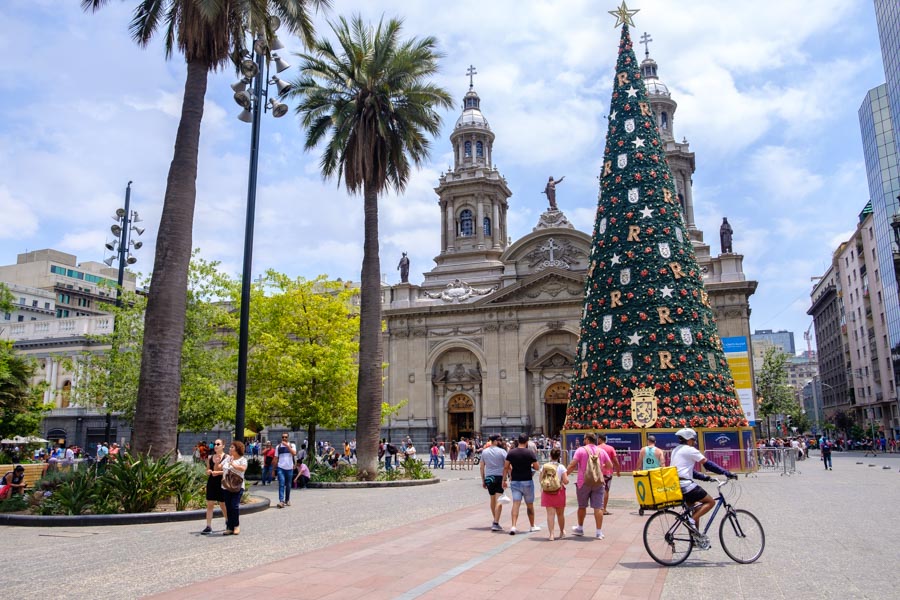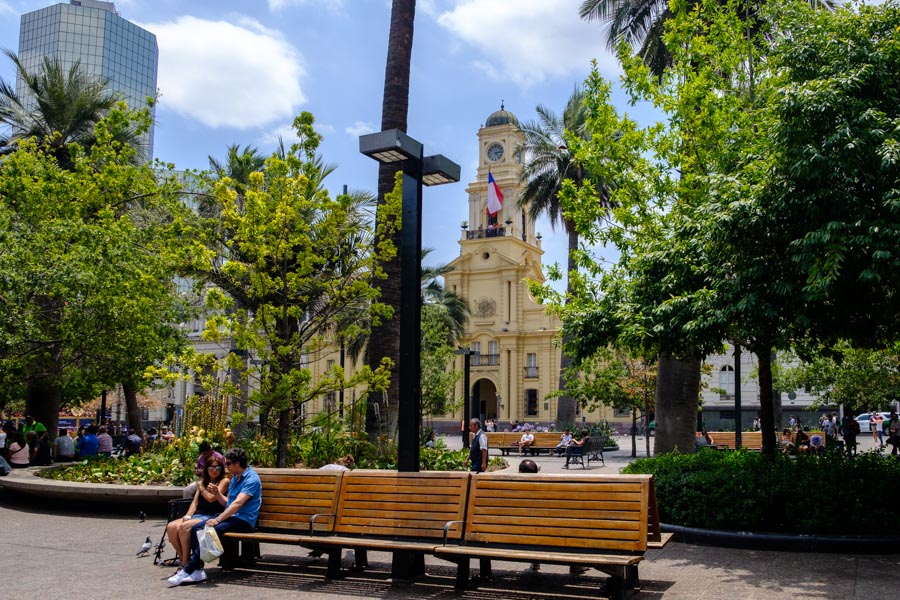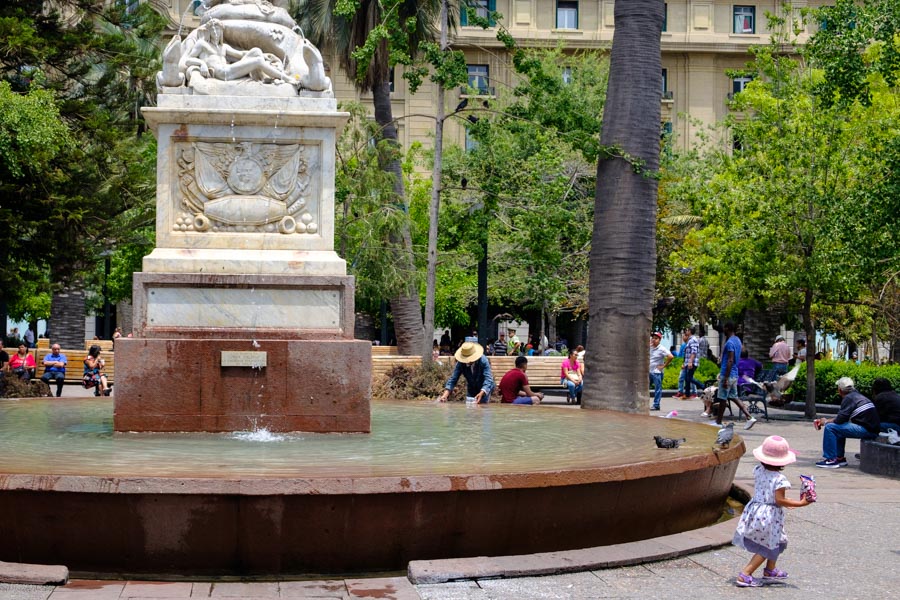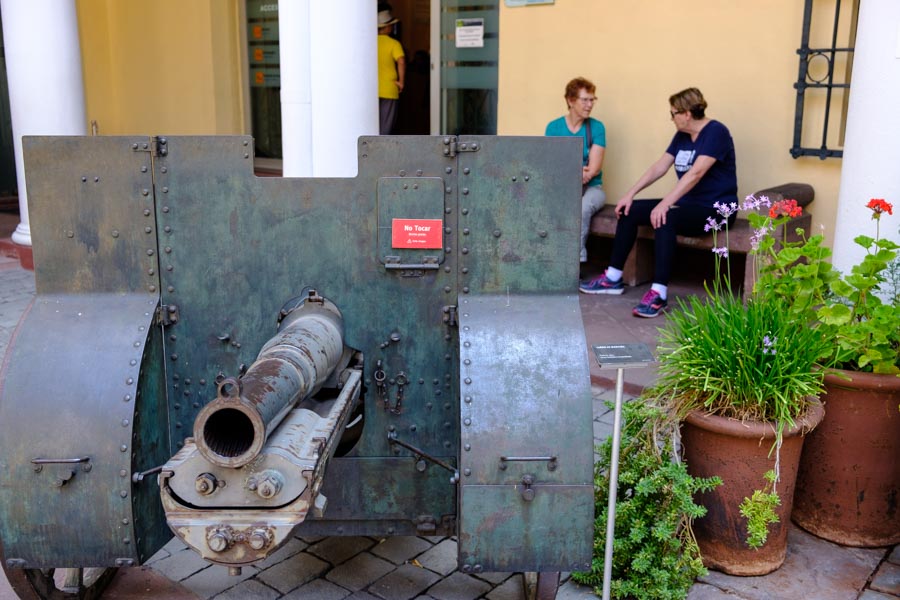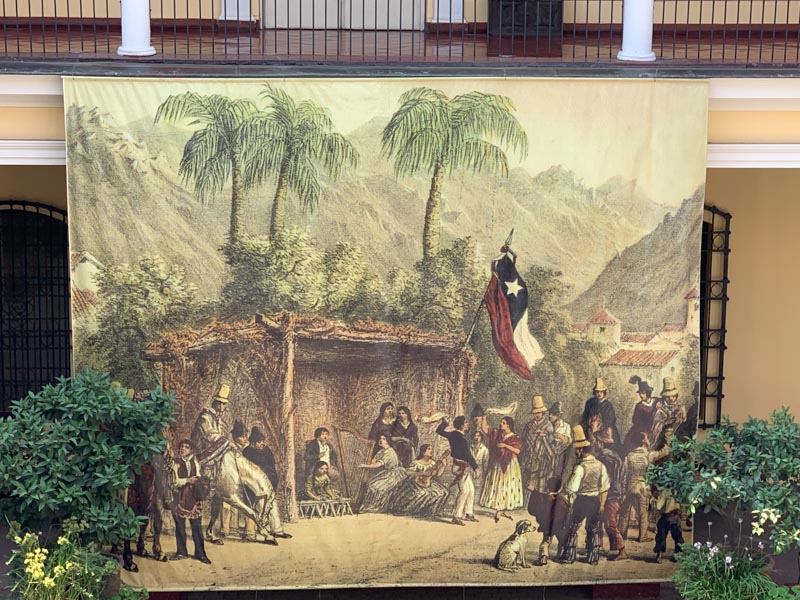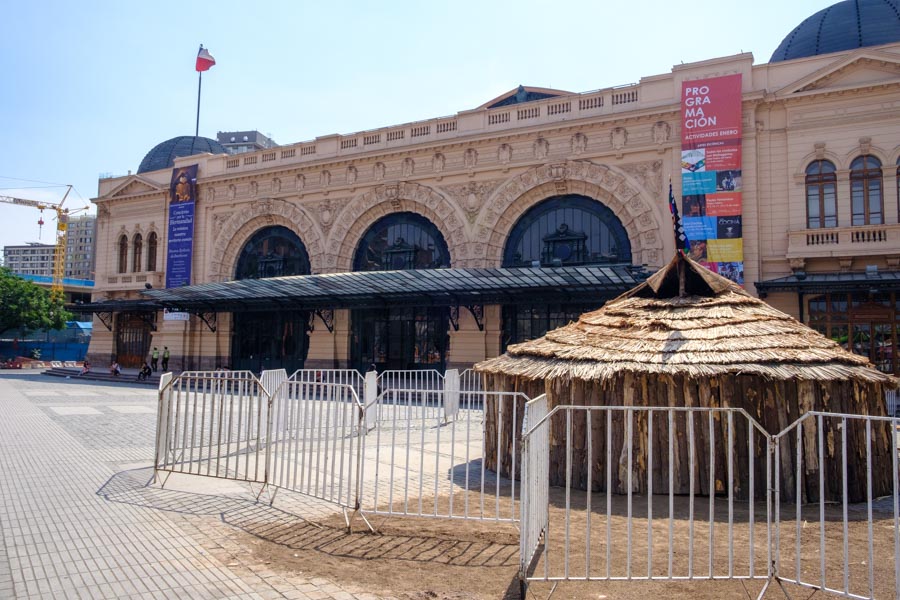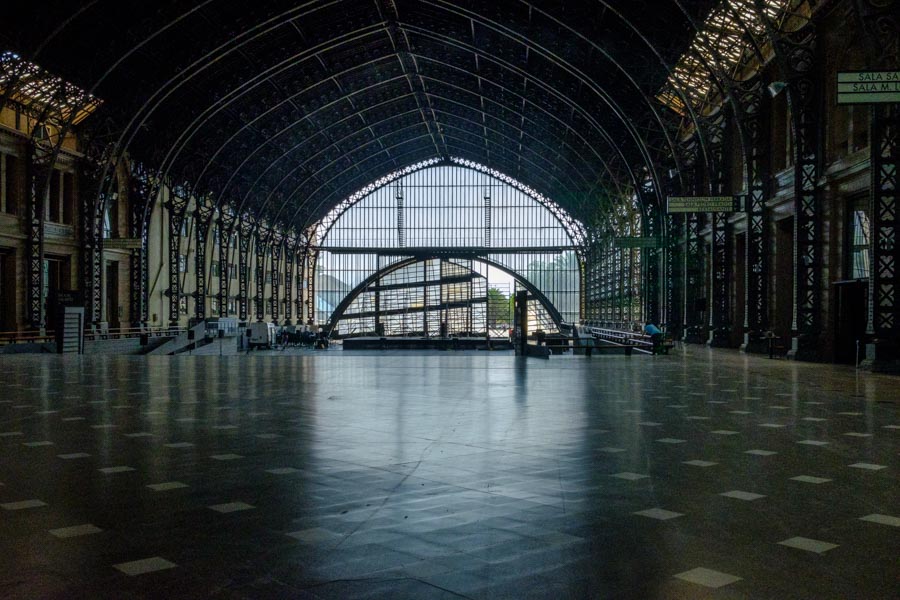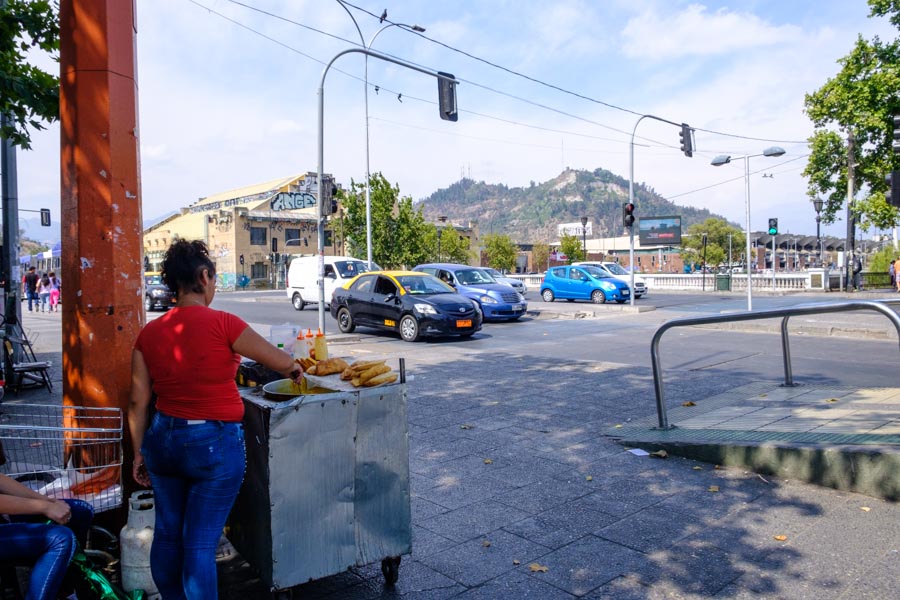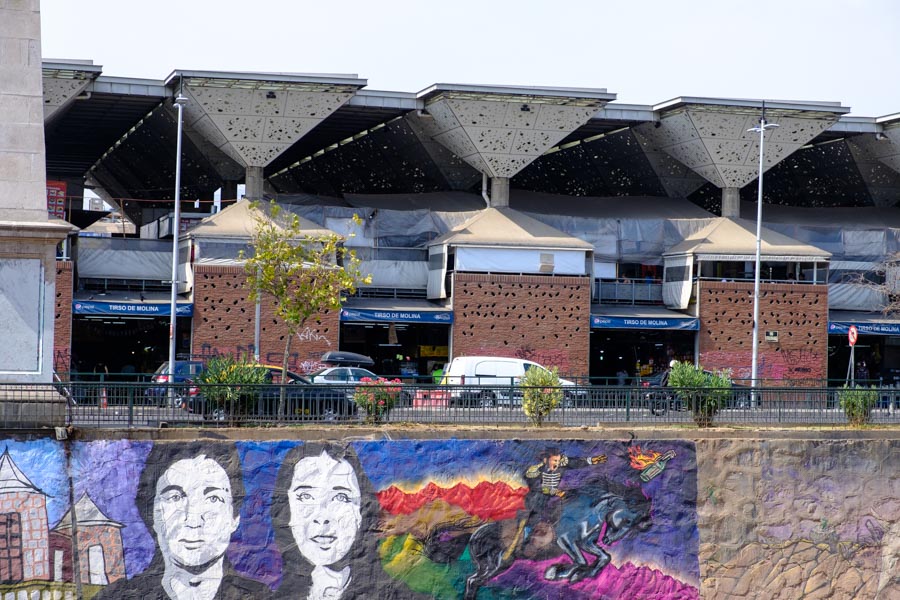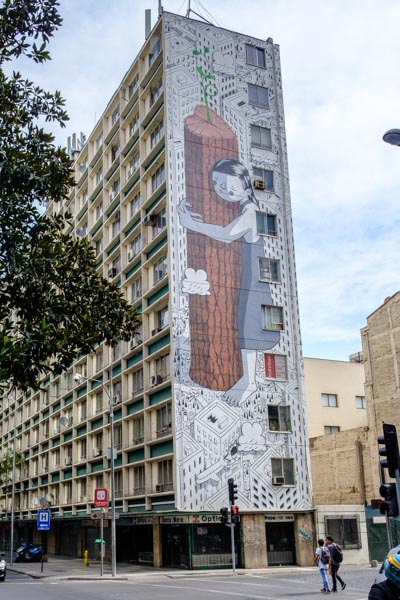Today we learned two Spanish words:
Retraso – Delay
Esperar – To wait
OK, so I already knew the dictionary definitions of both words, but all three of us learned the true meaning of each: it took us 2 ½ hours from the time we left the plane until we reached our hotel room. The taxi ride took 20 minutes. The rest of the time was spent waiting in serpentine Disney-like lines for Customs, Immigration and even at the hotel waiting to check into our room.
But the flight was fine: 8 hours 20 minutes with adequate service and arriving at 9:30 local time. Judy and Sharon tell me the flight was bumpy. You can’t prove it by me: I slept through the alleged bumpiness.
I had fun trying out my few words of Spanish on the taxi driver- he enjoyed it and admitted he knew even less English than my Spanish. He first gave me a card with his name and phone number handwritten on plain white cardboard. After our conversation he gave me a full-color business card and took back the cheapo version.
Lunch, after the transportation trauma, ended up being a pair of empanadas at a storefront shop – one featuring lots of spinach and the other stuffed full of who-knows-what. Both were great; we topped them off with a helado (ice cream) –chocolate only today for some reason.
We decided to take Day 1 as a get-acquainted-with-Santiago opportunity. So we set off on foot for the Plaza de Armas, a 20-minute walk from our hotel. It’s a large square with fountains, trees and a pavilion. Being Sunday, there were lots of local folks, especially families, enjoying the low-80-degree weather. Surrounding the square were a Spanish-era cathedral and a history museum. A block away we found the art museum that specializes in pre-Columbian art. The art museum was 10 bucks a head; the history museum was free today so of course we did the history thing.
My history of Chile is taken from 40,000 feet on a cloudy day, so take what I saw with a large grain of salt, but here goes:
- Pre Columbian history features, in this region, the Mapuche civilization (the Incas didn’t make it this far south). Unlike many of the other indigenous groups, the Mapuches avoided total extermination by European disease and warfare and so there are groups fighting for Mapuche rights even today.
- The Spaniards came; they conquered, built churches, exported gold and sliver and killed off the natives.
- Then came Napoleon, who threw Ferdinand VII off the throne of Spain and who installed his brother, Joe, as ruler of Iberia. That took Spain’s eye off the ball. Heroes like Simon Bolivar from Venezuela and Jose san Martin from Argentina drove the Spanish out of South America, including Chile. Chile achieved independence in 1818.
- Skipping over the intervening years, in 1970 Salvador Allende, much to Richard Nixon and Henry Kissinger’s dismay, became the first Marxist to be elected in a fair, democratic election to become President of Chile. The U.S. feared another Cuba in South America, not a happy thought in the Cold War era.
- Allende lasted until the military coup of August 22, 1973 resulted in Allende’s death by suicide as the presidential palace was under bombardment by the Chilean military. The Church commission documented U.S. involvement via economic policy and the covert operations by the CIA in support of the coup.
- Augusto Pinochet soon dominated the military apparatus and became dictator in fact. He moved quickly to restore property that had been transferred from the wealthy to the poor and to adopt conservative economic policies supported by the “Chicago Boys” from the University of Chicago’s economics department. Over 2,000 “disappearances” and 30,000 cases of torture have been documented.
- Amazingly enough, Pinochet lost a plebiscite election in late 1998, leading to the constitutional democracy that exists in Chile today.
OK, Jon, enough with the history already. The interesting thing today was that the museum we visited focused on the years up to the beginning of the Pinochet regime. Hopefully before we leave we will visit the Museum of Memory and Human Rights to learn more about the Pinochet era.
Judy, feeling the effects of travel, walked back to the hotel. Sharon and I continued on to the major river of Santiago, the Mapocho. It has its origins, as you might guess, in the nearby Andes Mountains. It’s a rapidly flowing, muddy river along which are parks and walkways. At the end of our hike we found an old railway station that’s been made into a performance venue and a modern church within which a mass was in full swing. The lady greeter at the door gave us a picture of Jesus as shepherd and a big hug.
We visited the front desk to find out about tours to the costal town of Valpariso and nearby vineyards for tomorrow (the museums are mostly closed here on Monday). While waiting for help, Judy started talking with a gal from Australia, Sam, who was trying to set up a similar tour for her group of three. We piggybacked on her efforts and set up a trip of our own: private English-speaking driver who will show us some of the surrounding country side and maybe arrange for a sip of wine or two and to do whatever and go wherever we decide. We ran into Sam in the hotel restaurant and had a very pleasant dinner with her. She’s just completed a Patagonian adventure similar to what we’re about to do. The difference is where we’re doing four days by boat she did five days on horseback.
Time for bed. Actually, the light’s out and Judy and Sharon are snoring away.
Here are today’s pictures:

